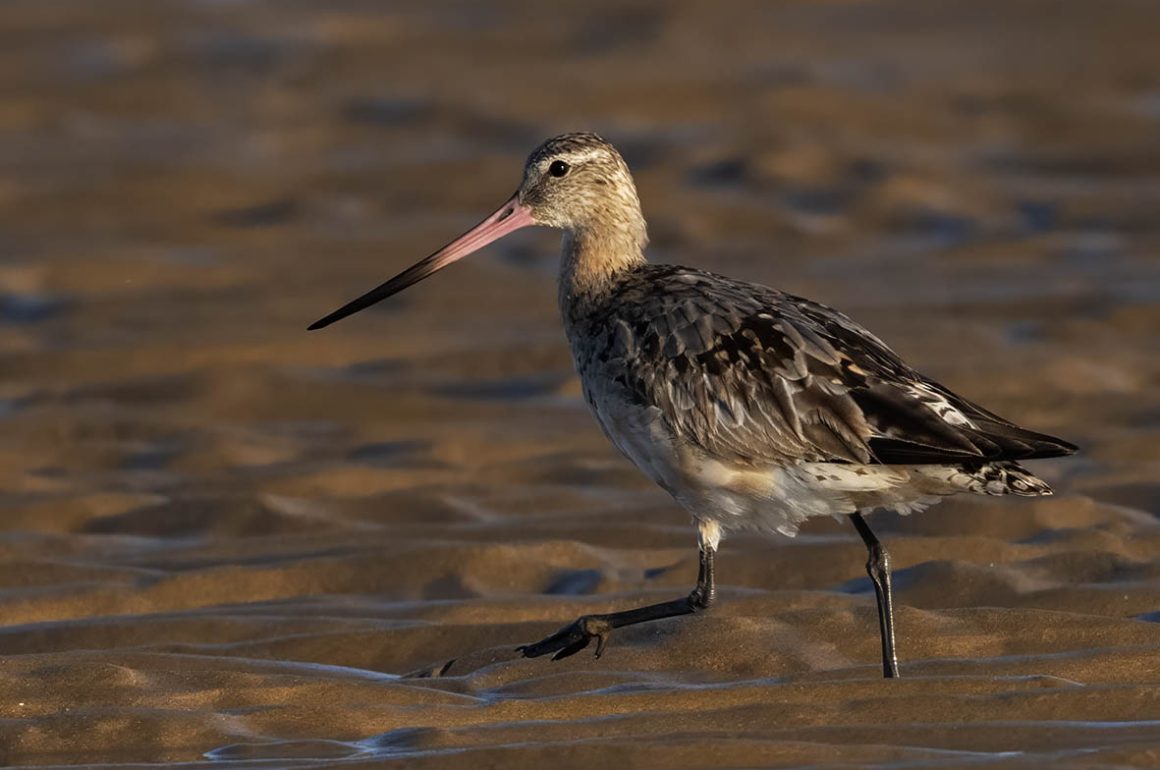
Only a few weeks ago the nidifugous chicks of many shorebird species had hatched into the world of the tundra. It is quite remarkable how a short time later they and their parents would be moving into an entirely different world, one dominated by tides and mud. Not just that, they would be migrating south, well away from their High Arctic homes into unknown worlds that would take them far, in some cases to the other end of the planet.
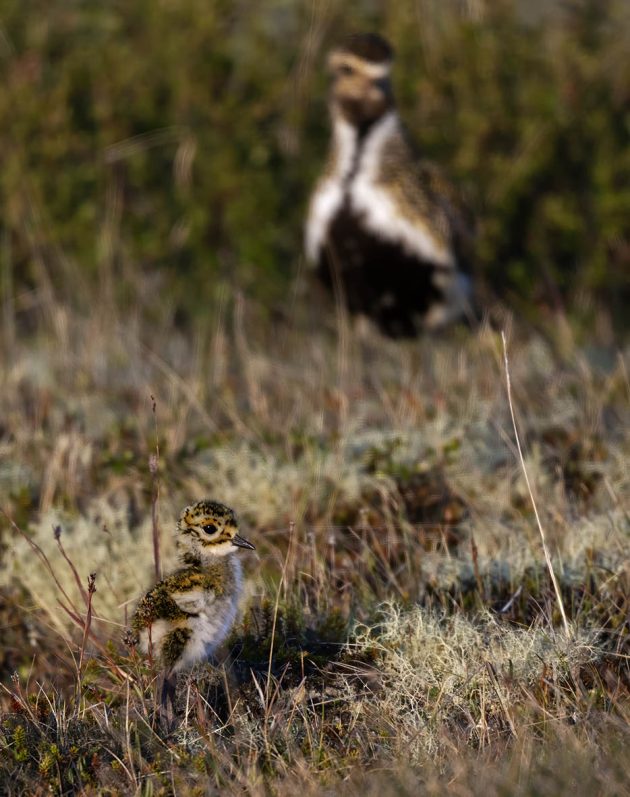
At the moment all the hype in my part of the world is about raptors and storks (see my previous posts), understandably as they perform spectacles in numbers that defy belief. Yet, quietly and imperceptibly, another even more spectacular migration is also taking place nearby.
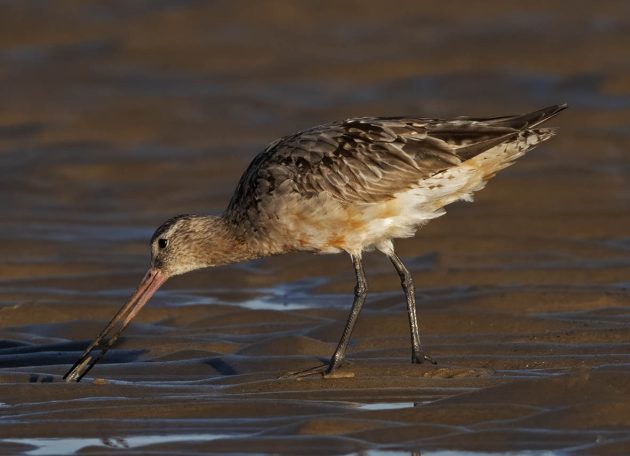
I’m referring to the migration of shorebirds from the High Arctic, many of which are now stopping to feed, moult, or fatten up for another lap of their migration. Some will stay with us but others will continue the journey towards the African Atlantic coasts, some all the way down to the Cape itself. Along other routes, such as along the Pacific, some species, most notably Bar-tailed Godwits (Limosa lapponica) will travel in lengthy non-stop flights all the way from the Arctic to New Zealand. No Black Kite (Milvus migrans) or even Honey Buzzard (Pernis apivorus) is capable of such feats.
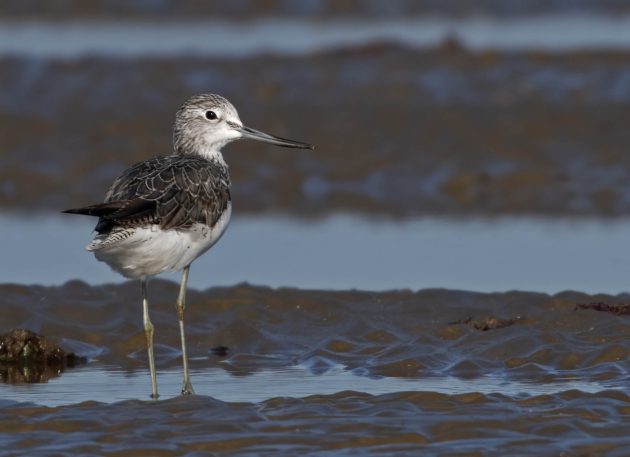
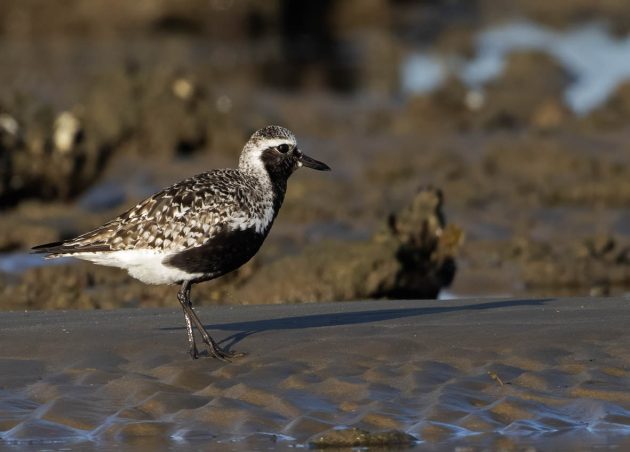
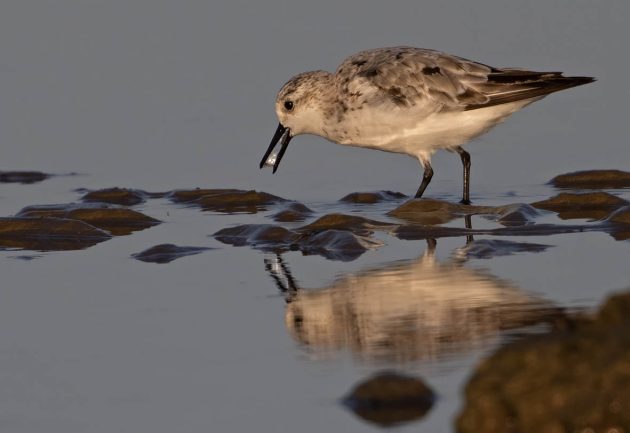
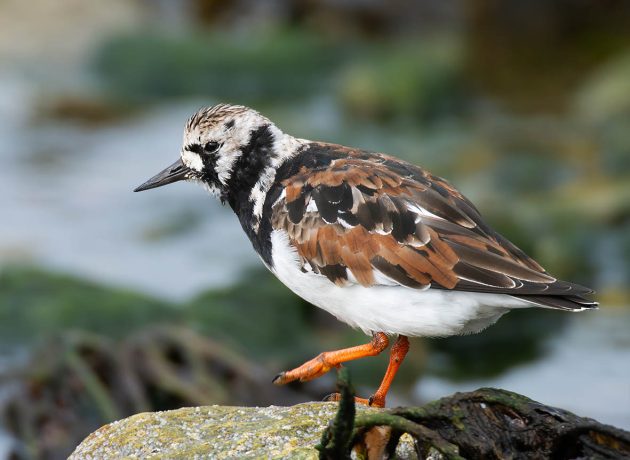
It’s a good time to see some of these High Arctic shorebirds as some are still in breeding plumage. It won’t be long before they start their post-breeding moult into duller plumages. Others, such as Greenshanks (Tringa nebularia) are in moult, actively doing so during migration stop overs.
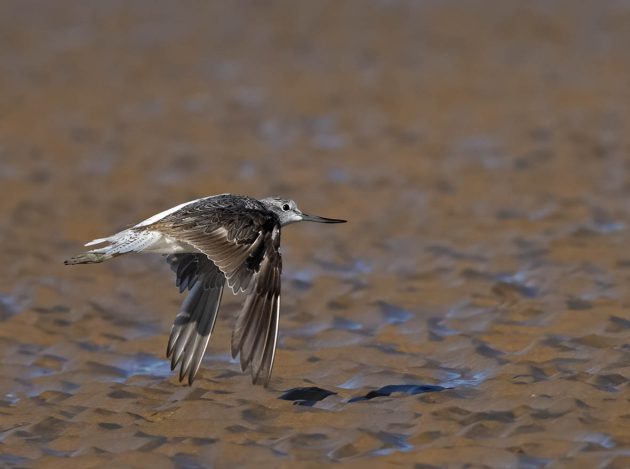
The main elements now passing through are the birds that bred in the High Arctic. They are the first to go to avoid the rapidly incoming autumn: Grey Plover (Pluvialis squatarola), Sanderling (Calidris alba), Turnstone (Arenaria interpres) and, of course, Bar-tailed Gowit.
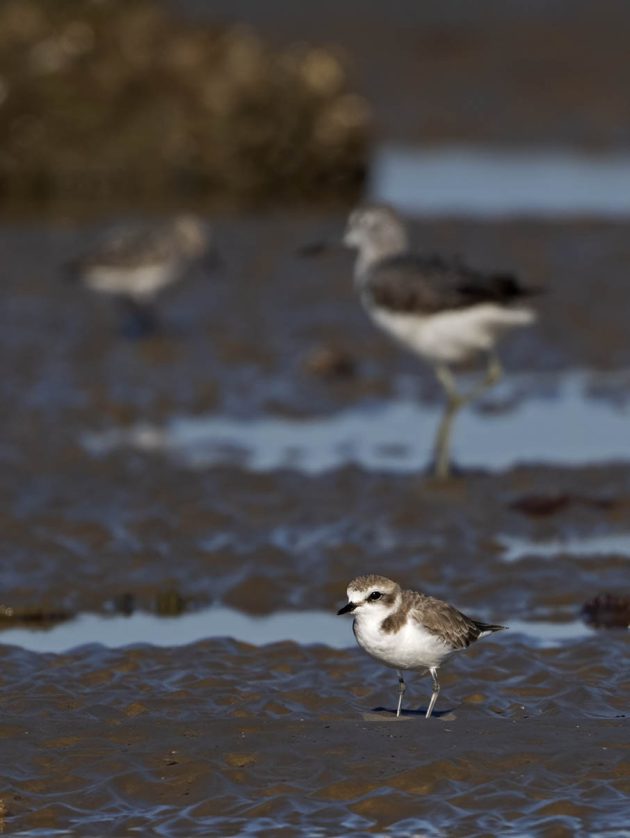
During their stop overs they meet local resident shorebirds, down here mainly Kentish Plovers (Charadrius alexandrinus). In all, quite an amazing transformation, metamorphosis if you like, that these birds undertake twice a year, from tundra to mud flat, from High Arctic to the temperate, tropical and equatorial regions of the planet. If ever there was a case to be made for the international protection of migratory bird species and populations, this is it.
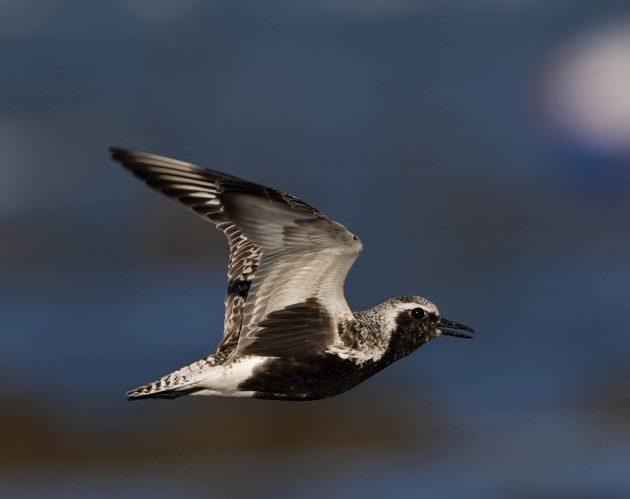





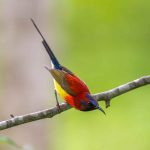
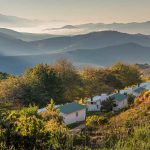
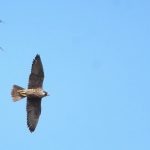
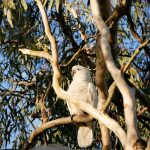
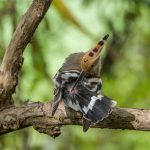
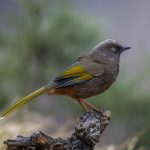

Magnificent birds and great photographs. I hope to catch up with some of these birds next month in southern Portugal.
you should be able to. When and where will you be? Are you trying pelagics?